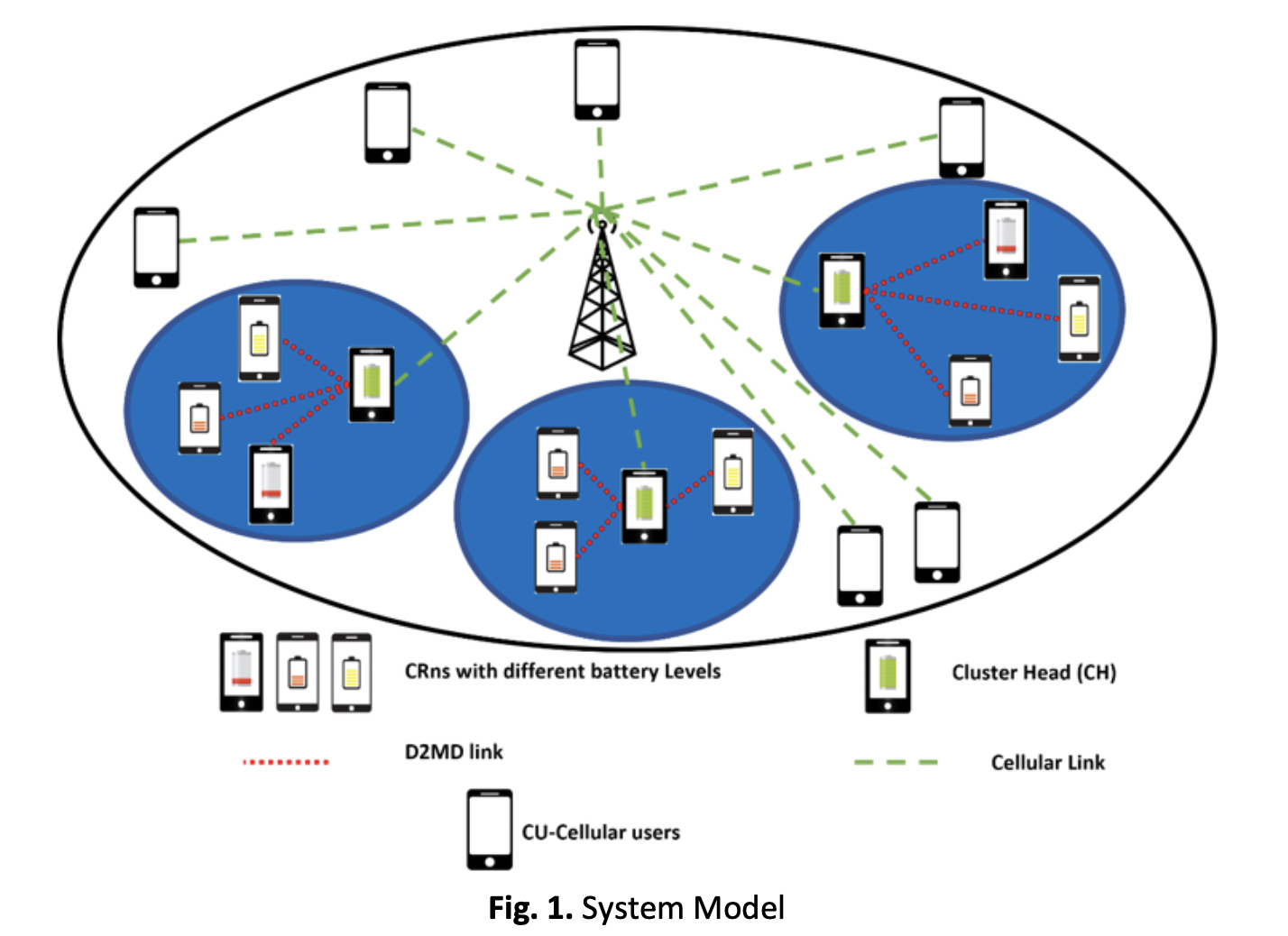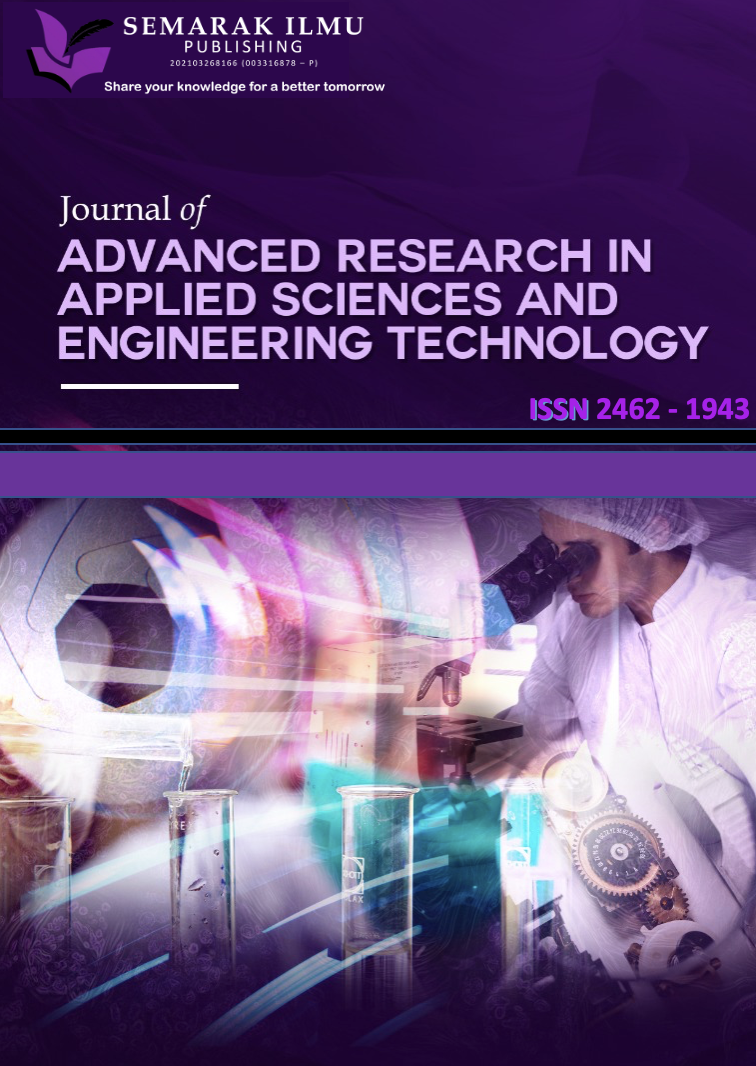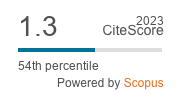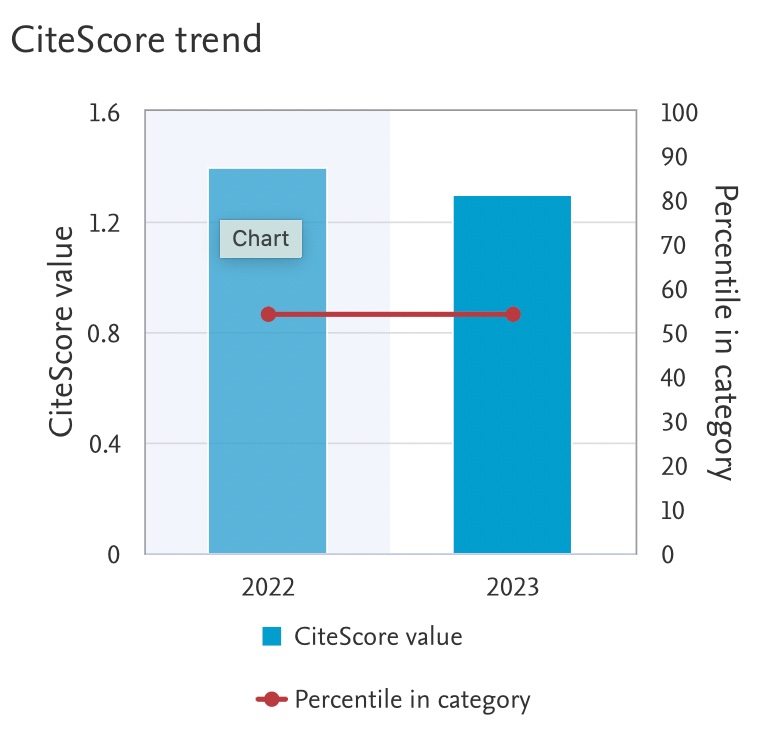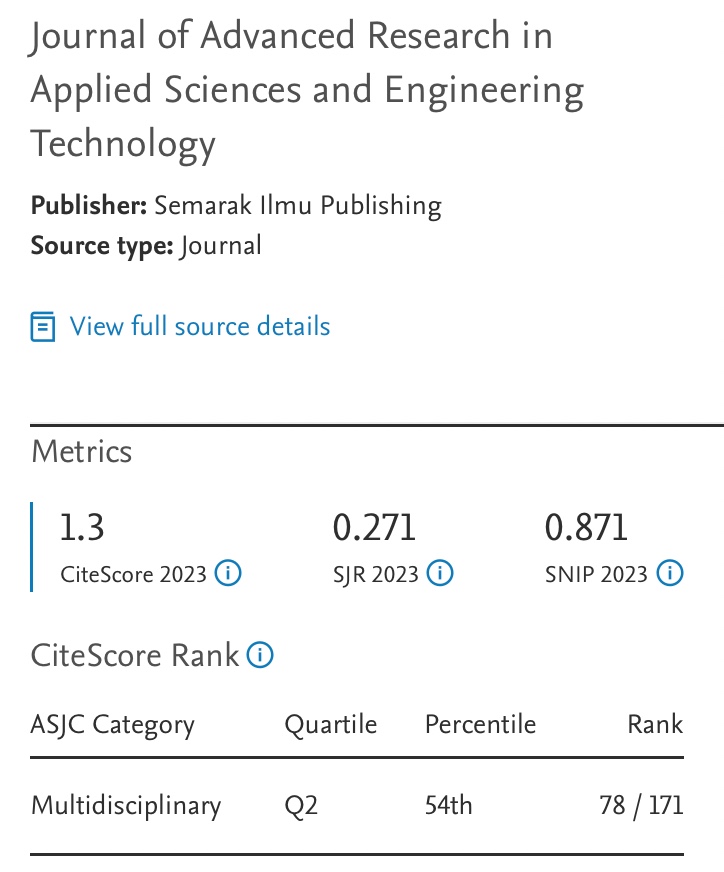D2D Matching Techniques for Resource Allocation Management and Power Control Management in B5G/6G
DOI:
https://doi.org/10.37934/araset.43.1.1732Keywords:
6G, GSA, CRns, EE, D2MDAbstract
The upcoming 6G network is expected to have a great integration of Device-to-Device (D2D) technology. One of the key advantages of D2D technology is its potential to minimize the load on cellular base stations, which can help extend the lifespan of cellular network infrastructure. D2D multicast communication can meet the growing demand for multimedia content in local area services by maximizing energy efficiency and device lifespan by reusing the same resources for the cellular network. In this paper, we investigate an efficient resource allocation scheme by using the One-To-Many Gale Shapley pairing algorithm (GSA) for efficient allocation and power optimization. We propose a joint optimization approach for D2MD clusters that considers the Signal-to-Interference Noise ratio and energy levels of devices' batteries. The problem is optimized, so it is divided into two convex sub-problems. In the first sub-problem, power allocation is performed for each candidate cluster-head (CH)and cellular user to maximize energy efficiency using the Dinkelbach matching algorithm. In the second sub-problem, the One-to-Many Gale Shapley matching algorithm is used to optimize resource allocation and cluster-head selection to select the Cluster Nodes (CRns) to form the cluster. Numerous investigations show that the suggested technique maintains QoS and minimal battery power requirements while increasing cluster-head longevity and energy efficiency (EE) in D2D applications.
Downloads
